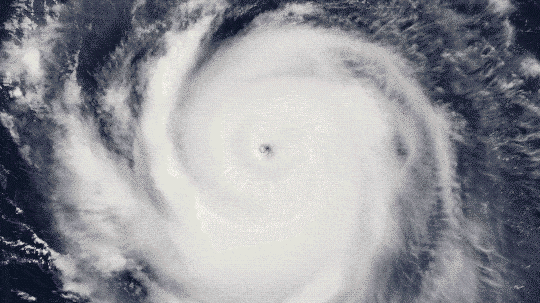Hazards

Anguilla uses Hazard Identification and Risk Analysis (HIRA) to identify and rank the threats to the island.
HIRA is a catch-all term for all activities involved in identifying hazards and evaluating risk at facilities throughout their life cycle to ensure that risks to employees, the general public, or the environment are consistently controlled within the organization’s risk tolerance.
These investigations generally cover three major risk concerns in sufficient depth to meet the analysis objectives, life cycle stage, accessible information, and resources.

Fire and Explosion
People and property are especially vulnerable in the event of a fire hazard or an explosion.
Lead Agency:
Health Epidemic
Coronavirus disease (COVID-19) has reminded us that the possibility of a health emergencies causing major interruption the economy and significant demand on our health systems.
Lead Agency:


Rainfall
Anguilla is generally low-lying and coastal. Some parts of the small island are therefore prone to flash-flooding during heavy rain seasons.
Lead Agency:
Tsunami
Though a water shortage may have a lesser impact on property, infrastructure and economic conditions, its impact on the population and delivery of services makes it a serious hazard with high potential to interrupt normal life.
Lead Agency:


Tsunami
Though highly unlikely in Anguilla, this hazard is the one that is most likely to cause the most collateral damage, representing a high risk to: people, property, the environment and general operations.
Lead Agency:
Marine Incidents
Since much of the travel that takes place in and out of Anguilla is facilitated by boat, the combination of the number of cruise ships that access our waters, marine incidents are a constant concern.
Lead Agency:

